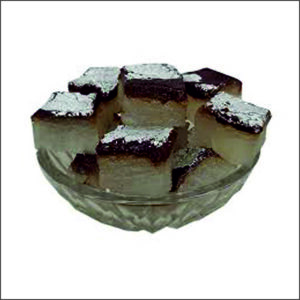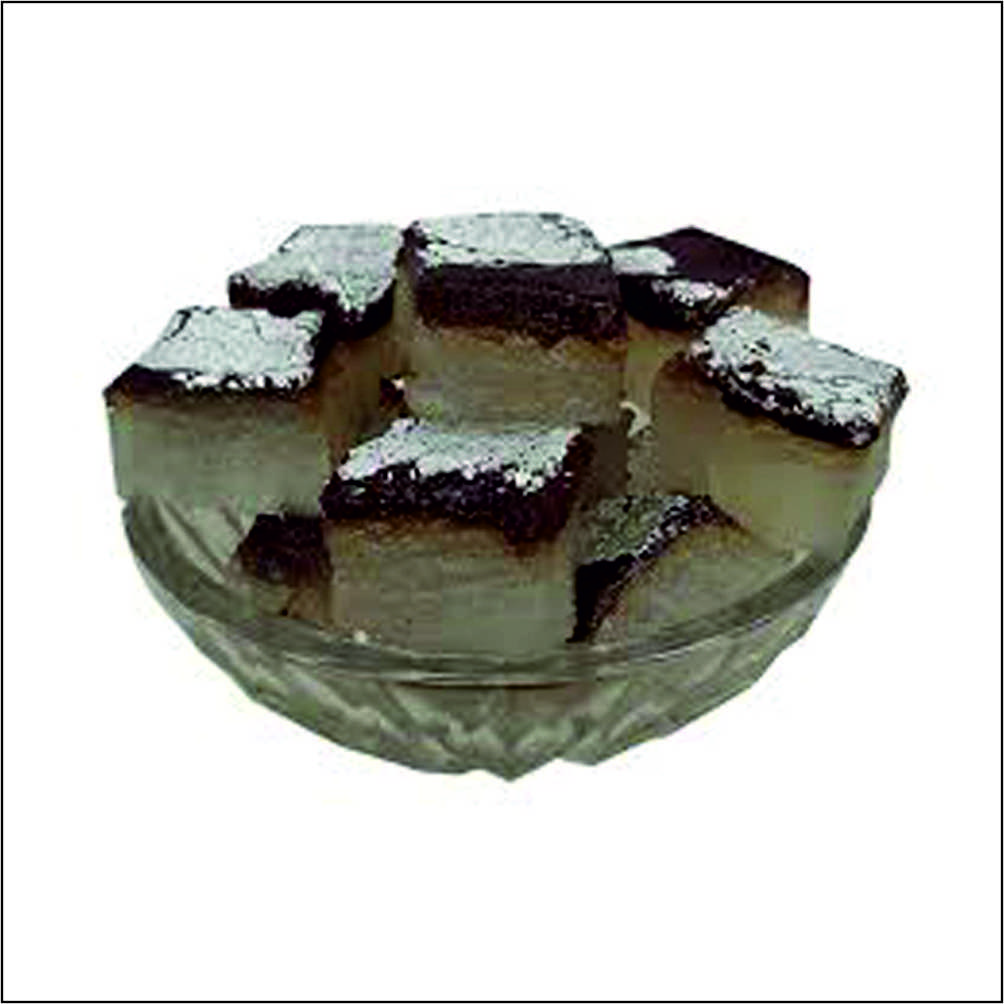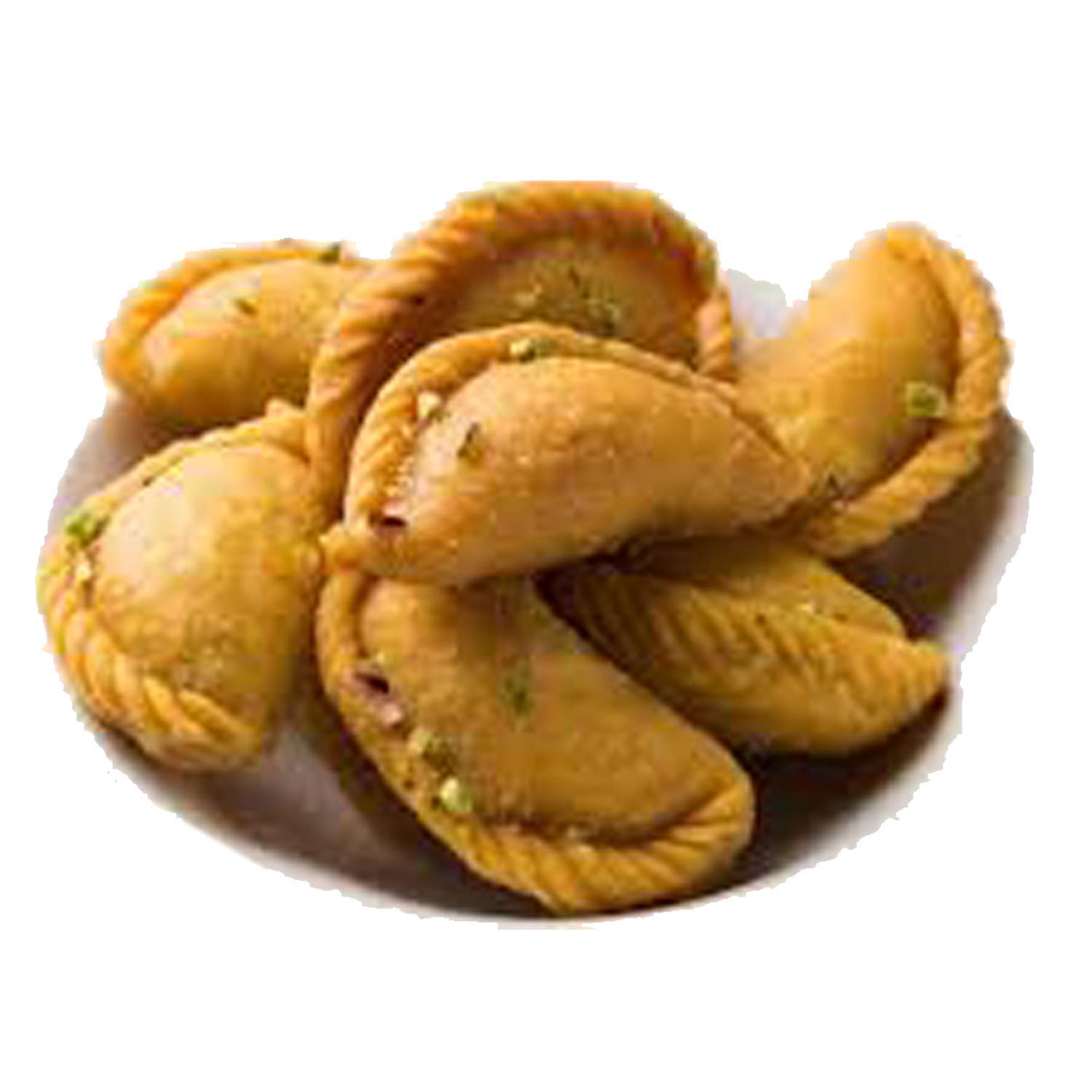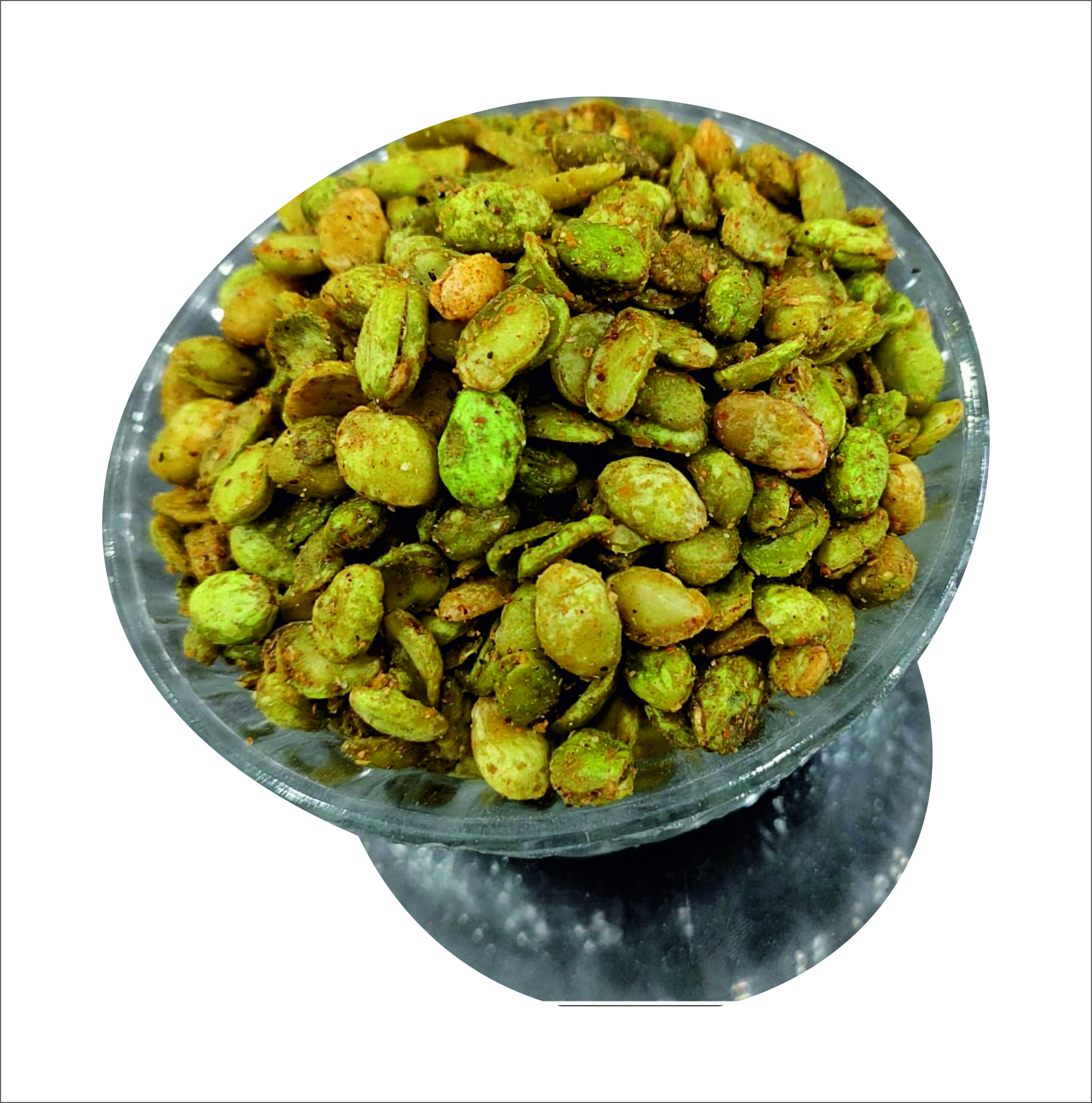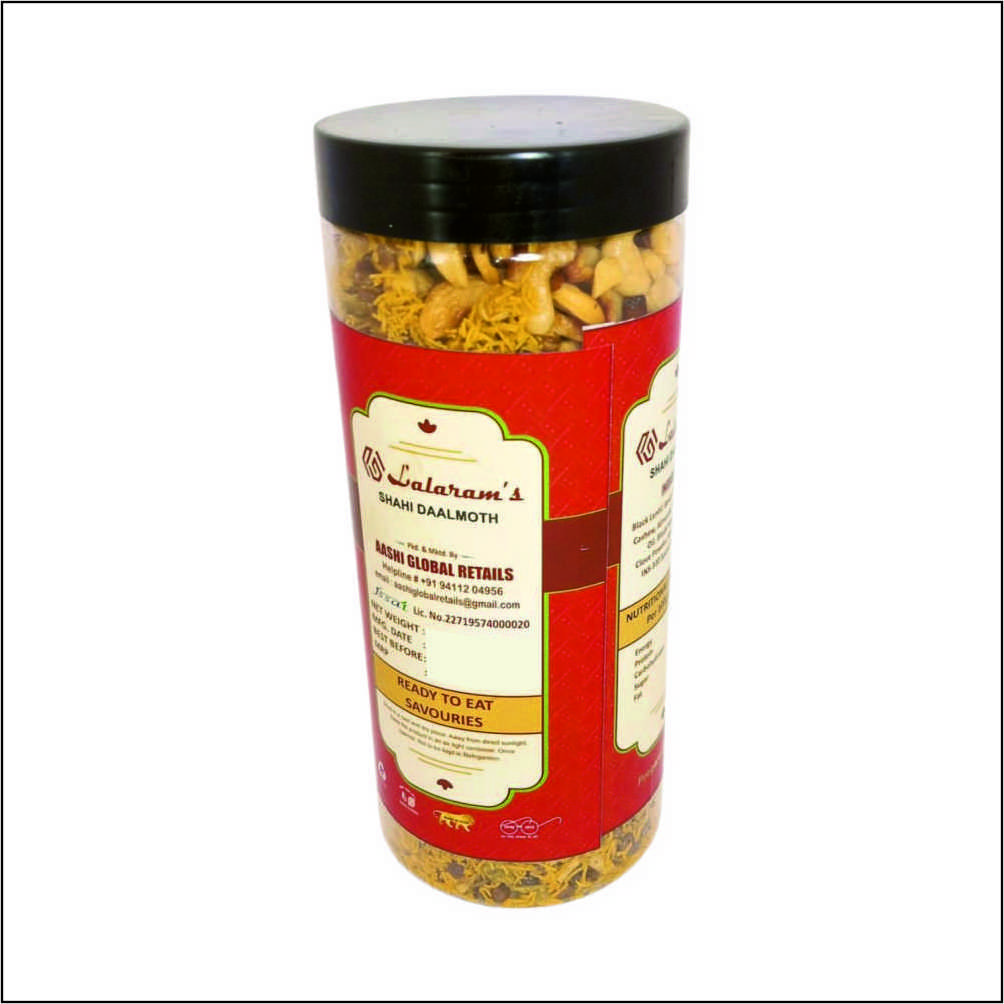Mini Kachori
In the vibrant tapestry of Indian cuisine, miniature delights known as “Mini Kachori” stand out as an epitome of flavor, texture, and tradition. These bite-sized wonders encapsulate centuries of culinary evolution and cultural amalgamation, offering a sensory journey that resonates with the essence of Indian street food culture. Let us delve into the essence of Mini Kachori, exploring its history, ingredients, preparation, and the delightful experience it brings to the palate.
Mini Kachori traces its origins to the princely state of Rajasthan, nestled in the heart of India. Rajasthan, with its arid terrain and rich cultural heritage, has been a melting pot of culinary influences over the centuries. The word “Kachori” finds its roots in the Sanskrit word “Kachauri,” referring to a deep-fried, stuffed pastry. Originally conceived as a hearty snack for travelers and traders traversing the desert landscapes, Kachori soon became an integral part of Indian cuisine, transcending regional boundaries.

The allure of Mini Kachori lies in its simplicity and complexity, achieved through a harmonious blend of spices and textures. The dough, typically made from refined flour (maida), is kneaded to perfection with a hint of oil and salt, yielding a crisp yet tender crust upon frying. The filling, a symphony of flavors, varies regionally but commonly comprises a mixture of soaked and ground lentils (dal), spices such as cumin, coriander, and chili powder, along with a dash of asafoetida (hing) for depth of flavor.
The magic unfolds as the dough is carefully molded around the filling, creating small, spherical parcels bursting with aroma and taste. Once shaped, the Mini Kachori is gently lowered into hot oil, where it undergoes a mesmerizing transformation, turning golden brown and acquiring a delightful crunch that gives way to a savory, fragrant interior.
Crafting Mini Kachori demands skill, patience, and a deep understanding of the interplay between ingredients and technique. The process begins with the meticulous preparation of the dough, which is allowed to rest, ensuring optimal texture and elasticity. Meanwhile, the filling is prepared, with each spice and ingredient measured to perfection, creating a harmonious blend that tantalizes the senses.
With practiced hands, the dough is portioned and rolled into small discs, each awaiting its flavorful payload. A spoonful of the fragrant filling is carefully placed in the center of the dough, which is then deftly sealed and shaped into a neat ball, ensuring the filling remains intact during frying.

As the Mini Kachori takes its final form, it is gently lowered into a cauldron of hot oil, where it dances and sizzles, gradually transforming into a golden orb of gastronomic delight. The aroma permeates the air, drawing eager diners to partake in the culinary spectacle unfolding before them.
Mini Kachori is best enjoyed fresh off the frying pan, served alongside an array of accompaniments that heighten its flavors and textures. Tangy tamarind chutney, zesty mint sauce, and spicy green chilies offer a symphony of contrasting tastes that elevate the humble snack to a culinary masterpiece.
Whether savored as a standalone snack, paired with a piping hot cup of chai (tea), or incorporated into elaborate street food platters, Mini Kachori captivates the palate with its medley of flavors and textures, leaving a lasting impression that beckons for another indulgence.
In the kaleidoscope of Indian cuisine, Mini Kachori shines as a beacon of culinary craftsmanship, tradition, and innovation. From its humble origins in the sands of Rajasthan to its ubiquitous presence in street food stalls and home kitchens across India, Mini Kachori embodies the essence of Indian gastronomy—a celebration of flavor, culture, and community. So, the next time you encounter these miniature marvels, allow yourself to be transported on a sensory journey through the flavors of India’s culinary heritage







